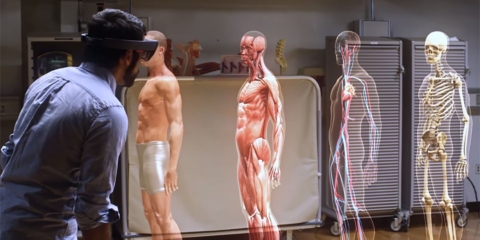Would you like to get notifications from Christian?
I'm Christian Kromme, a Futurist Keynote Speaker and Senior Research Fellow at The Conference Board. Today, let's explore an exhilarating development in the world of technology: the convergence of Robotics and Advanced AI systems. This union is redefining how we automate tasks and processes in our organizations, heralding a new era of innovation and accessibility.
In the past, employing robots in production lines or logistics was an expensive and intricate process involving the purchase of robots and recruiting skilled engineers. However, with the advent of Artificial Intelligence, this scenario is undergoing a drastic transformation.
AI is enabling us to shift our focus from painstakingly solving automation challenges to simply presenting these challenges to AI systems. These systems, in turn, develop solutions and algorithms to automate tasks. This paradigm shift makes automation more affordable and accessible, allowing us to emphasize results over processes.
When we think of robots, we typically envision machines capable of movement. But the true essence of their power lies in their AI-driven "brains." AI equips robots with the ability to analyze, predict, and make informed decisions, akin to a wise decision-maker navigating a complex path.
The "body" provided by robotics complements the "brain" offered by AI. AI excels in the virtual world and is adept at processing data and making predictions. However, AI requires a physical form to interact with the tangible world – a need fulfilled by robotics. Together, they redefine the capabilities of machines, bridging the gap between the virtual and the real world.
Robot Learning is a crucial aspect in this domain. Robots use AI to learn from extensive data, recognize patterns, and make decisions based on Deep Reinforcement Learning and Transfer Learning. This collaborative learning approach enables these robots to adapt dynamically, not just automate tasks.
Integrating AI with robotics is ushering in sensor and perception technology advancements. AI enhances robot sensors, allowing them to interpret their surroundings like never before. When combined with AI, technologies like Computer Vision and LIDAR enable robots to operate in challenging conditions and perceive the world with remarkable intricacy.
The era of AI and robotics blurs the line between humans and machines. Collaborative robots, or "Cobots," are designed to work alongside humans, bolstering efficiency and safety. With Natural Language Processing, these robots understand and respond to human language, making interaction more intuitive. Swarm Robotics, another advancement, enables groups of robots to operate in unison, showcasing immense potential in various fields like agriculture and security.
While the potential of AI-driven robotics is boundless, it brings forth ethical and social challenges. Issues like job displacement, safety, and transparency need addressing through reskilling, regulations, and transparent AI practices.
From healthcare to manufacturing, AI-driven robotics are making significant strides. Robots assist in surgeries, offer companionship, and contribute to sustainable agriculture. They reshape industries, navigate complex environments, and mirror human interactions with tactile sensors.
As we embrace this transformative convergence, staying curious, informed, and engaged is essential. The future of AI and robotics lies not only in the realm of scientists and engineers but in our collective consciousness and participation.
---
Thank you for tuning into this exploration of the exciting convergence of AI and robotics. Don't forget to subscribe for more insights and updates on the transformative world of AI. Stay inspired and engage with these cutting-edge technologies as they shape our future!
Author: Christian Kromme
First Appeared On: Disruptive Inspiration Daily
Do you want more of this kind of content? Subscribe to my 'Disruptive Inspiration Daily' newsletter. Do you find this content inspiring? Give it a 'like' or share the article with your network. This will help you and your network have a relevant timeline.
Which keynote best fits your needs?


Christian is a futurist and trendwatcher who speaks about the impact of exponential technologies like AI on organizations, people, and talents. Christian tailors his presentations to your audience's specific industries and needs.



Our world is changing at an exponential rate! A big tidal wave of digital transformation and disruption is coming at us fast. Many organizations see this wave as a threat and experience stress, but there are also organizations that just see this wave as an opportunity.

Imagine sitting with just 10-15 fellow executives at a premier location, gaining clarity on the impact of AI on your industry while enjoying an exquisite dining experience. These are not just meetings—they are transformative moments that will shape the future of your organization

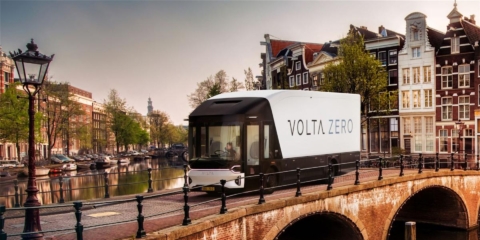
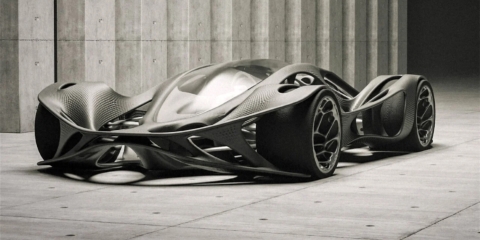
In the future, 3D printing and generative design will allow for products to be designed in a more decentralized manner, and production will take place closer to the customer and fully on-demand. 3D printing technology will also allow for more customization and personalization of products.


The agricultural industry is ripe for disruption. Robotics, AI, and IoT are all technologies that have the potential to radically transform the way we grow food. In combination with vertical farming, these technologies could increase the efficiency and quality of agricultural products.
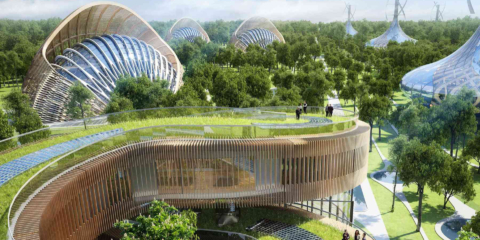
A human-centered society is one that puts people first and where technology is used to unite and empower people. It is a society that values biological life and dignity above all else. It is a society that recognizes the importance of human relationships and works to strengthen them. In a human-centered society, all members of the community are valued and treated with respect.
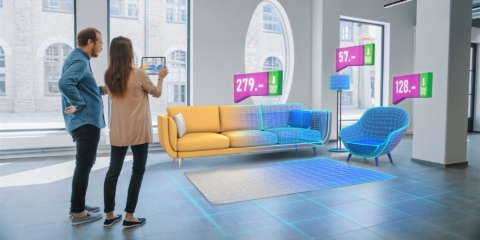
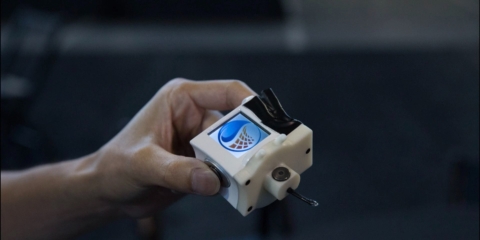
The future of healthcare is here. New technologies like AI, IoT, big data, and smart sensors make it possible to become the CEO of your own health. Imagine that your phone can listen to your voice and AI algorithms can detect small nuances in the tone of your voice that indicate specific diseases.
